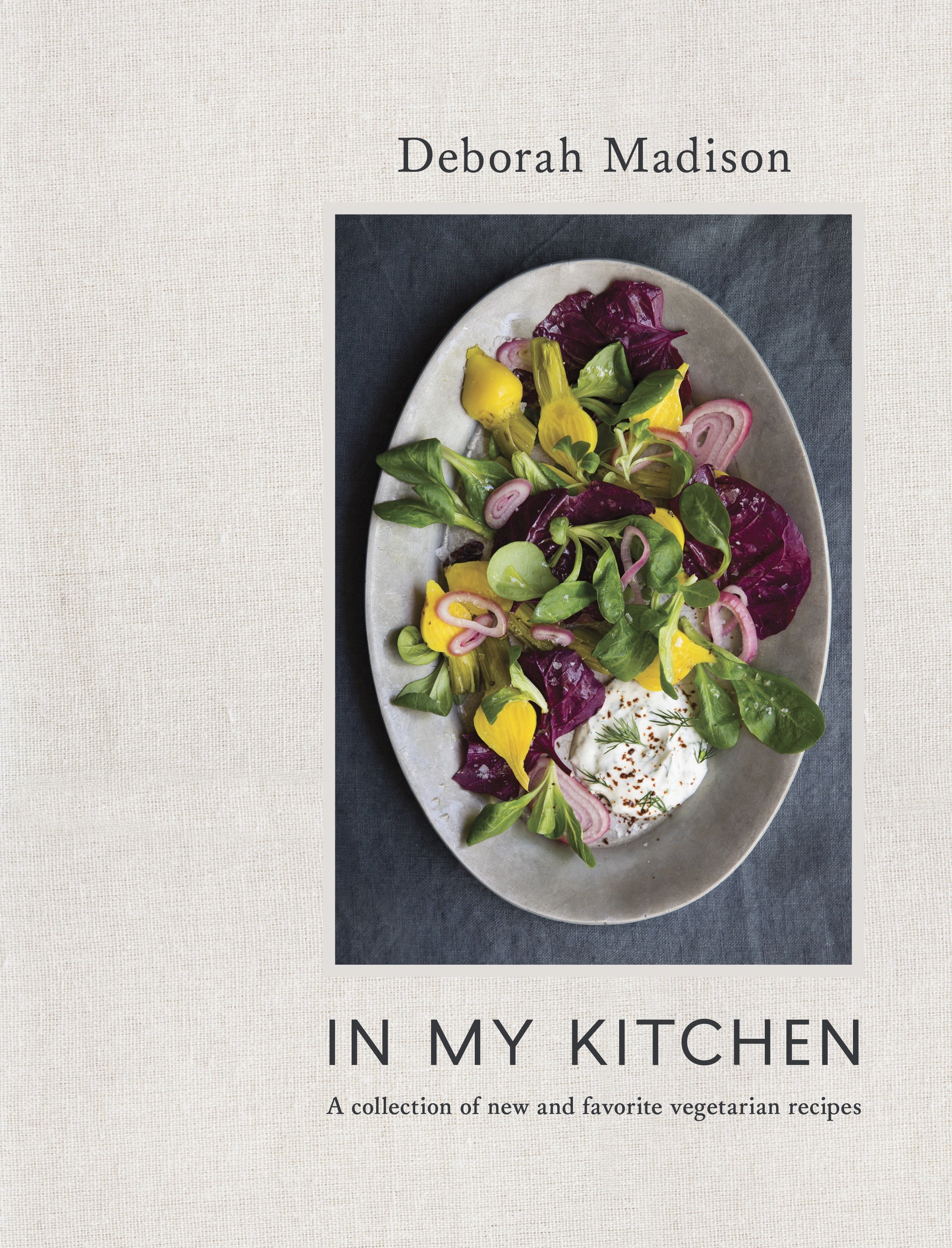










In her book In My Kitchen, Deborah Madison shares some of her best secrets for brightening up ordinary vegetables, like this lively herb-y take on a salsa verde.
I adore marjoram in summer sauces like this one. Basil is good, of course, but marjoram is less expected and every bit as summery. In my classes, students commonly become enthusiastic converts to this herb. Even if you live where your marjoram succumbs to the first hard frost, you can buy a few plants in late spring, tuck them in a sunny spot, and use the herb all summer. When they finally freeze, you’ll be ready to move on to rosemary, sage, and winter savory.
This sauce is so thick that it’s almost a paste. You can loosen it by adding more oil, or water if you like, but know that you can spread it as a paste on hard-cooked eggs or grilled fish. It’s phenomenally good with vegetables of all kinds—grilled leeks, sliced tomatoes, roasted cauliflower, steamed fennel, or these beets. You can also toss it with pasta and stir it into rice, or add it to summery vegetable soups and ragouts. This sauce is not difficult to make in an ample mortar with a heavy pestle, but you can also use a food processor if you prefer. I have made this without the bread for a student with celiac disease; I added more nuts for bulk, and it was fine.
4-6 servings
- To prepare the beets, cut off all but an inch of their stems and leave the tails on so that the juices stay mostly within the beet. Rinse off any sand or mud and then steam them until tender-firm when pierced with a knife, from 25 to 40 minutes, depending on their size. Rinse to cool and then slip off the skins. Refrigerate the beets until they’re well chilled, if desired, or use them at room temperature. (Beets can be steamed days before you need them.)
- To make the sauce, put the bread on a plate and sprinkle the vinegar over it.
- Pound the garlic in a mortar with 1⁄2 teaspoon of salt until smooth, then work in the marjoram, capers, pine nuts, parsley, and olives. Pound them with the pestle until you have a coarse mash. (Alternatively, you can do this in a food processor.) Add the bread and olive oil and work until the sauce is well amalgamated. Season with pepper and taste for vinegar, adding a little more if you think it needs it. The sauce should be very thick and very green.
- Slice the beets into rounds about 3⁄8-inch thick and arrange them on a plate. Add a spoonful of the sauce to each.
Deborah Madison
